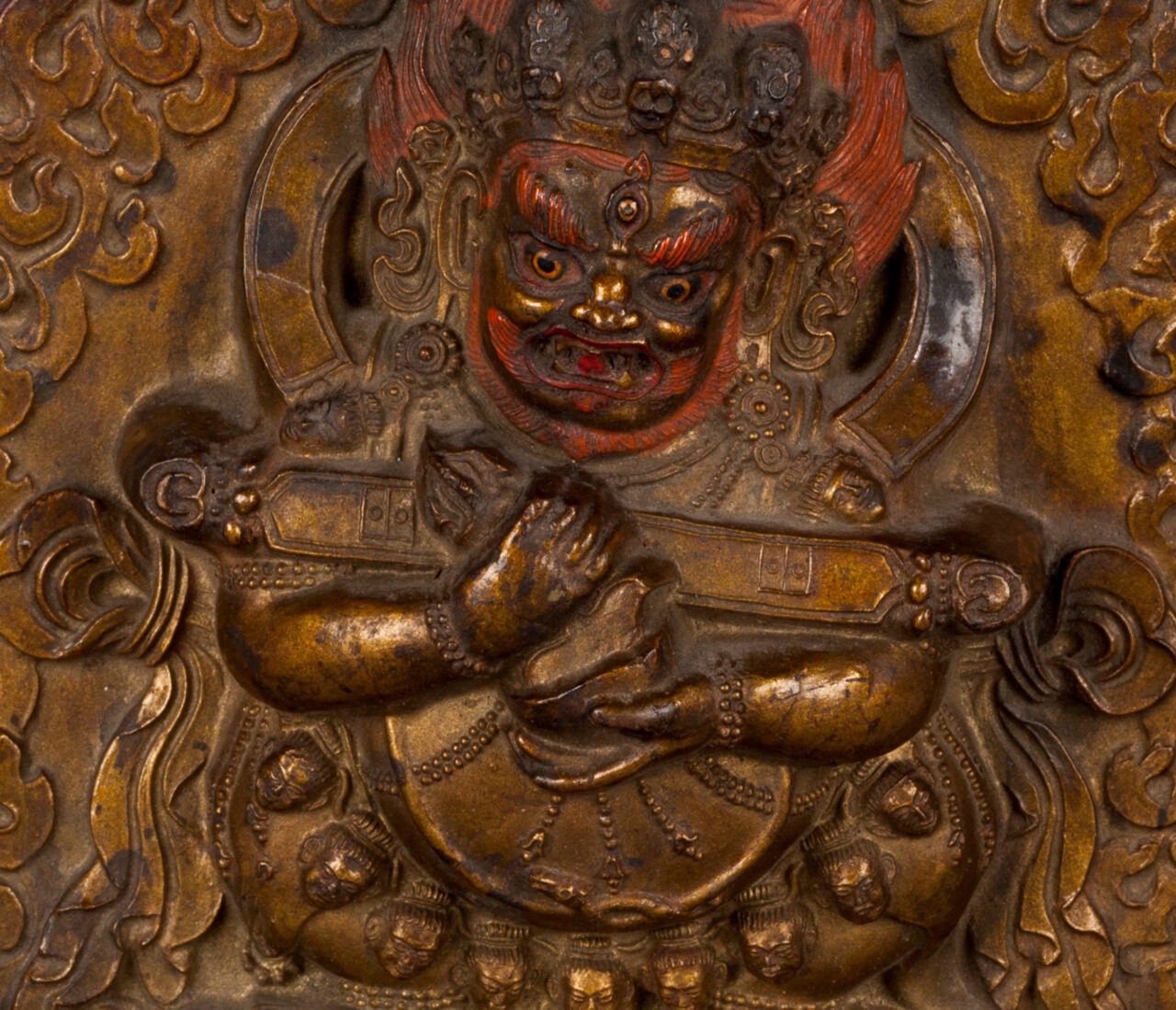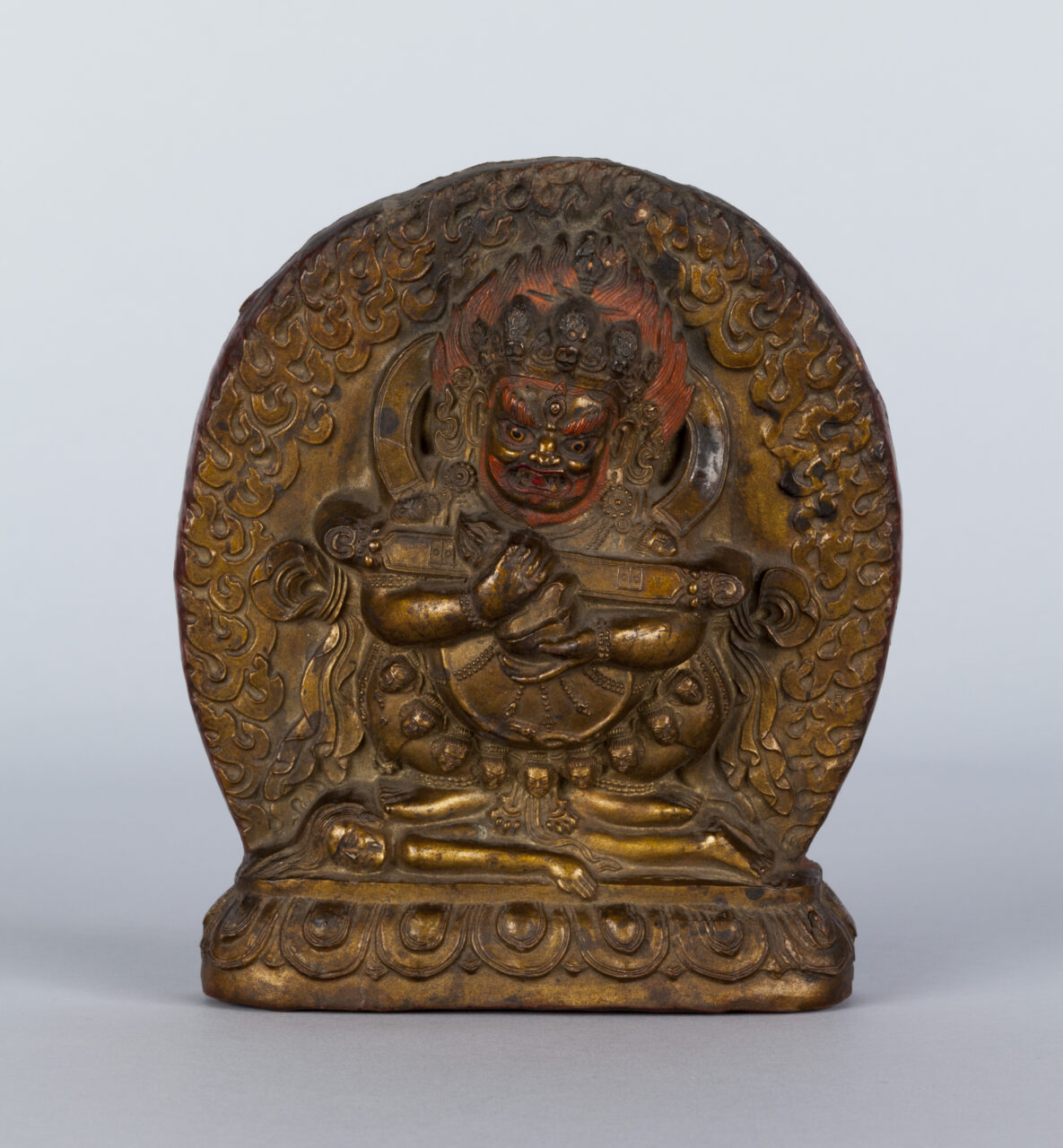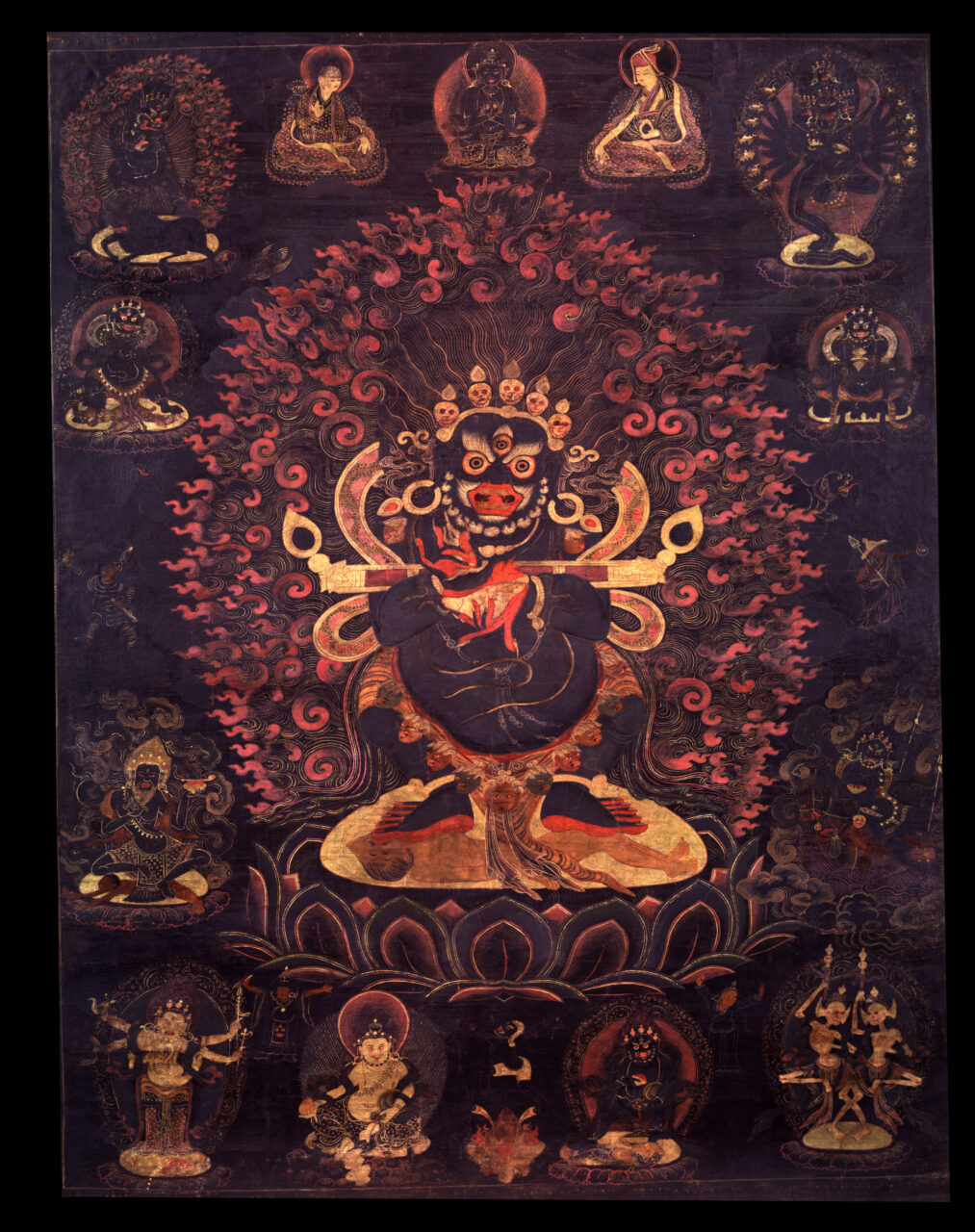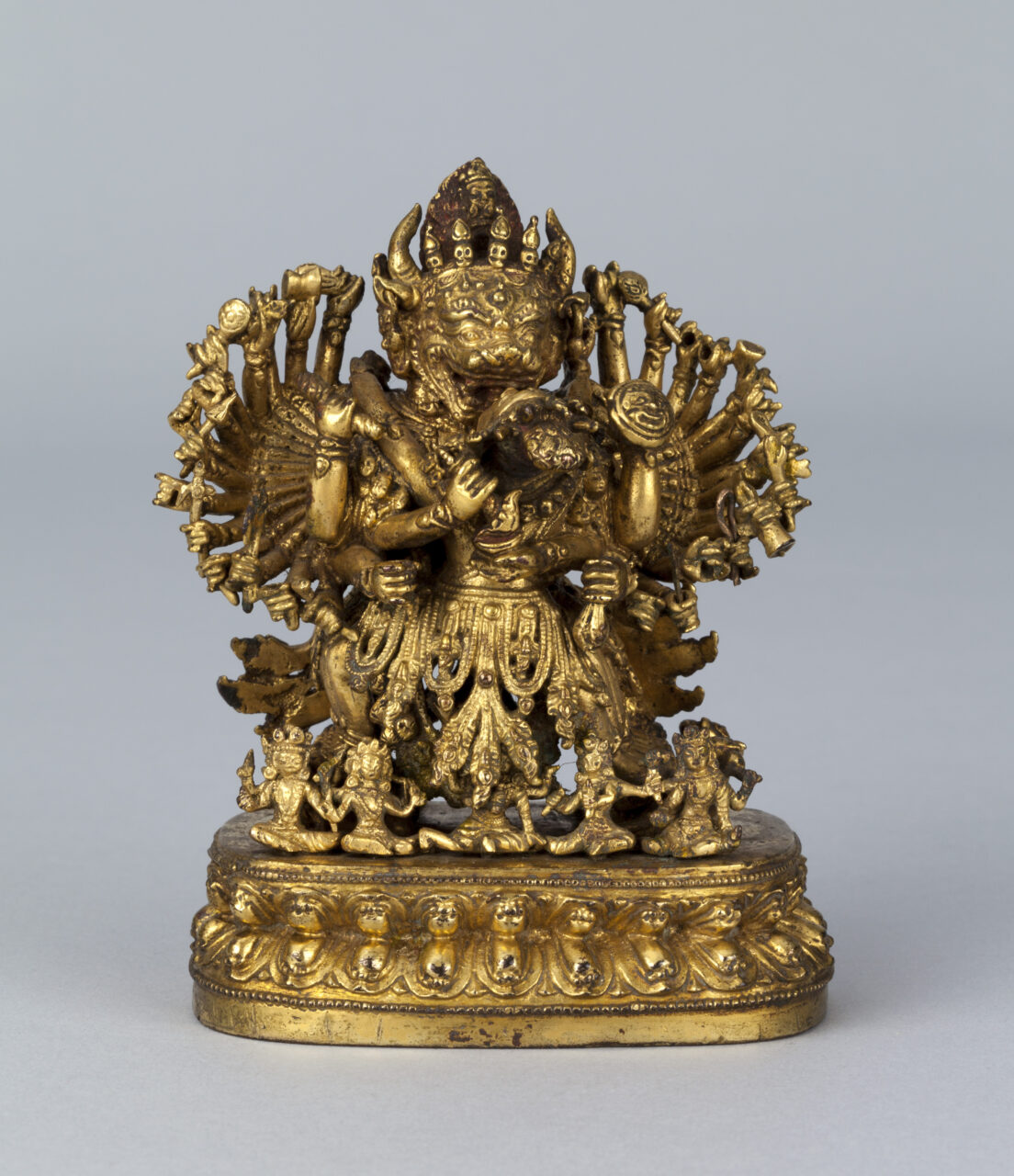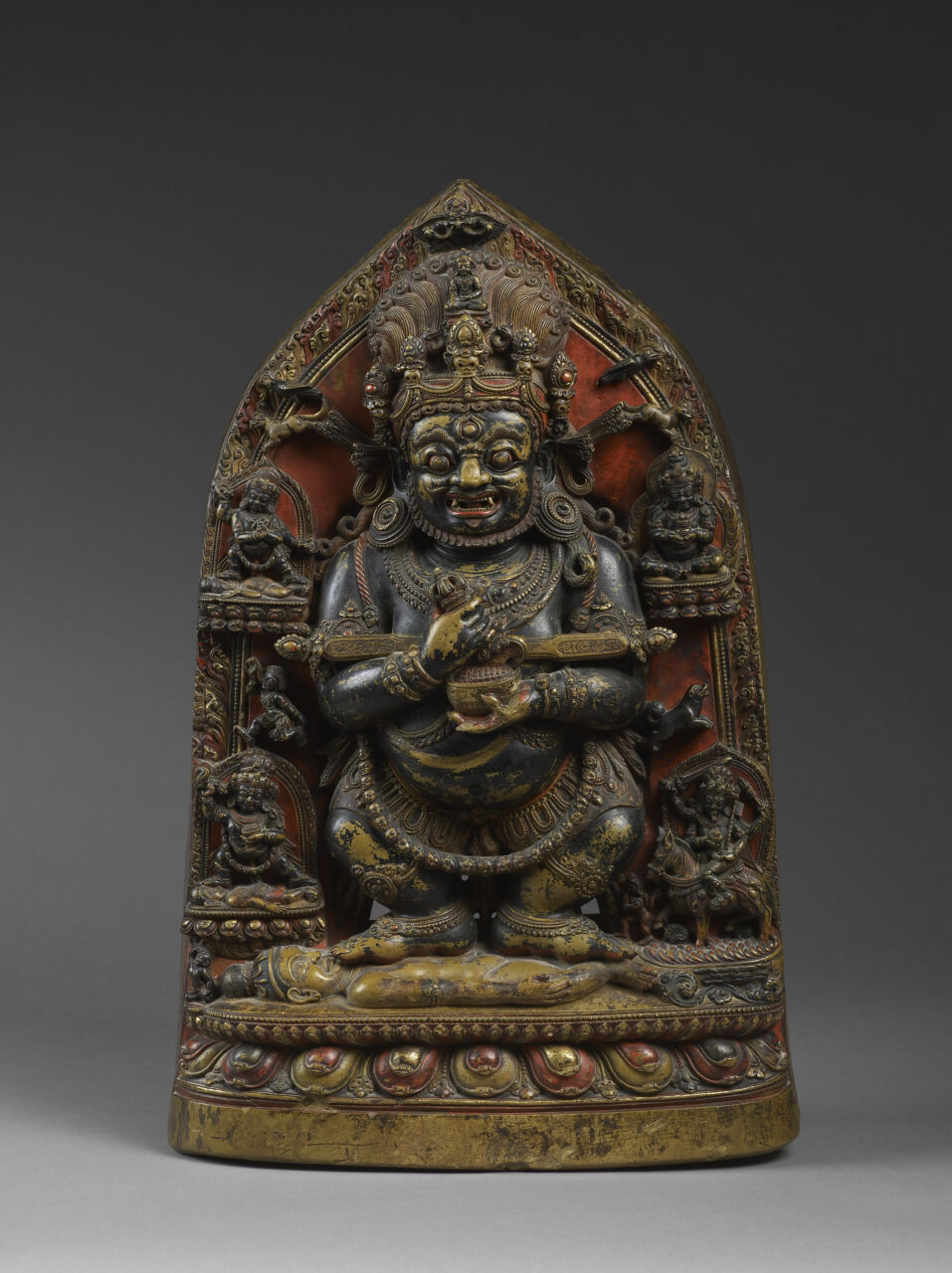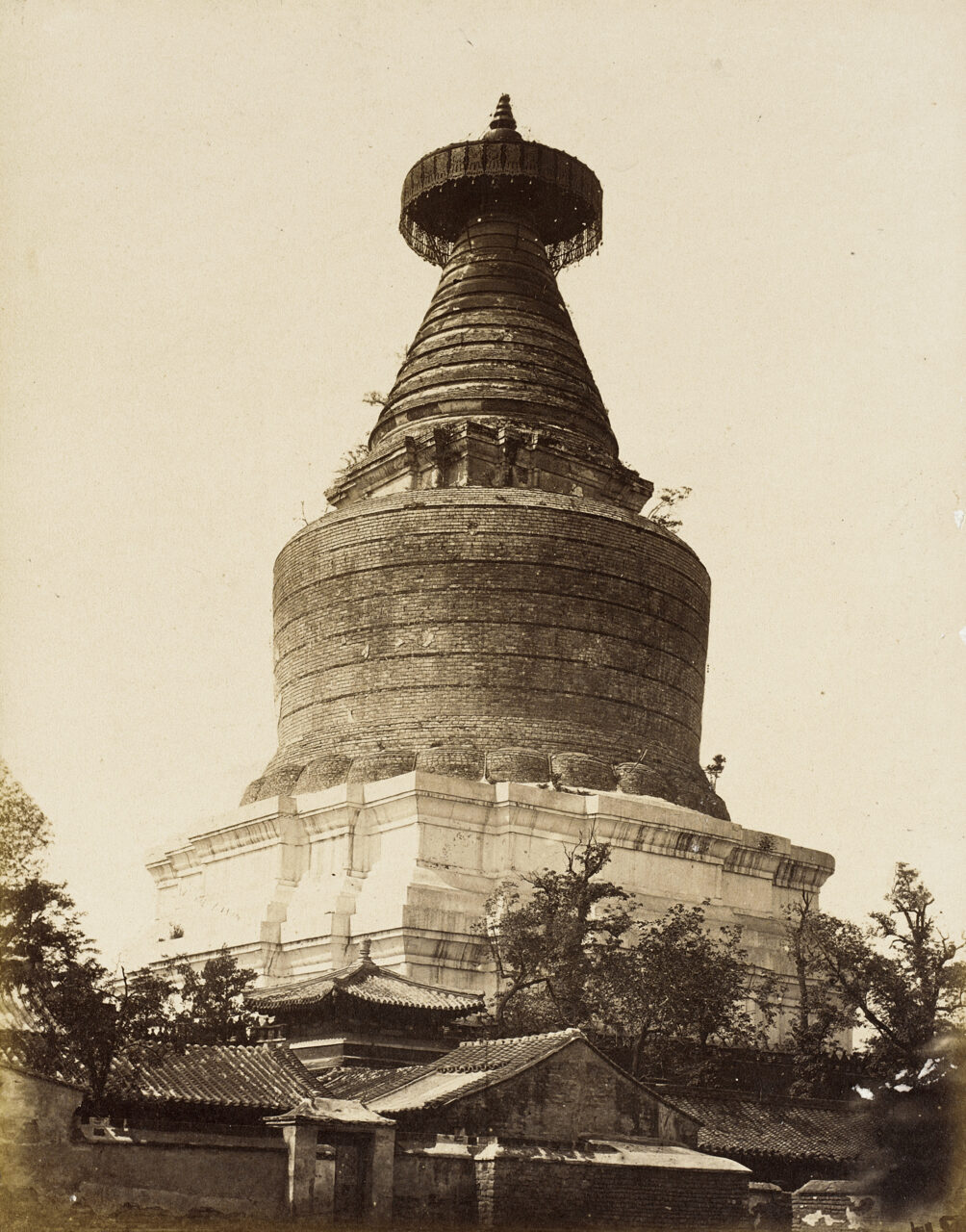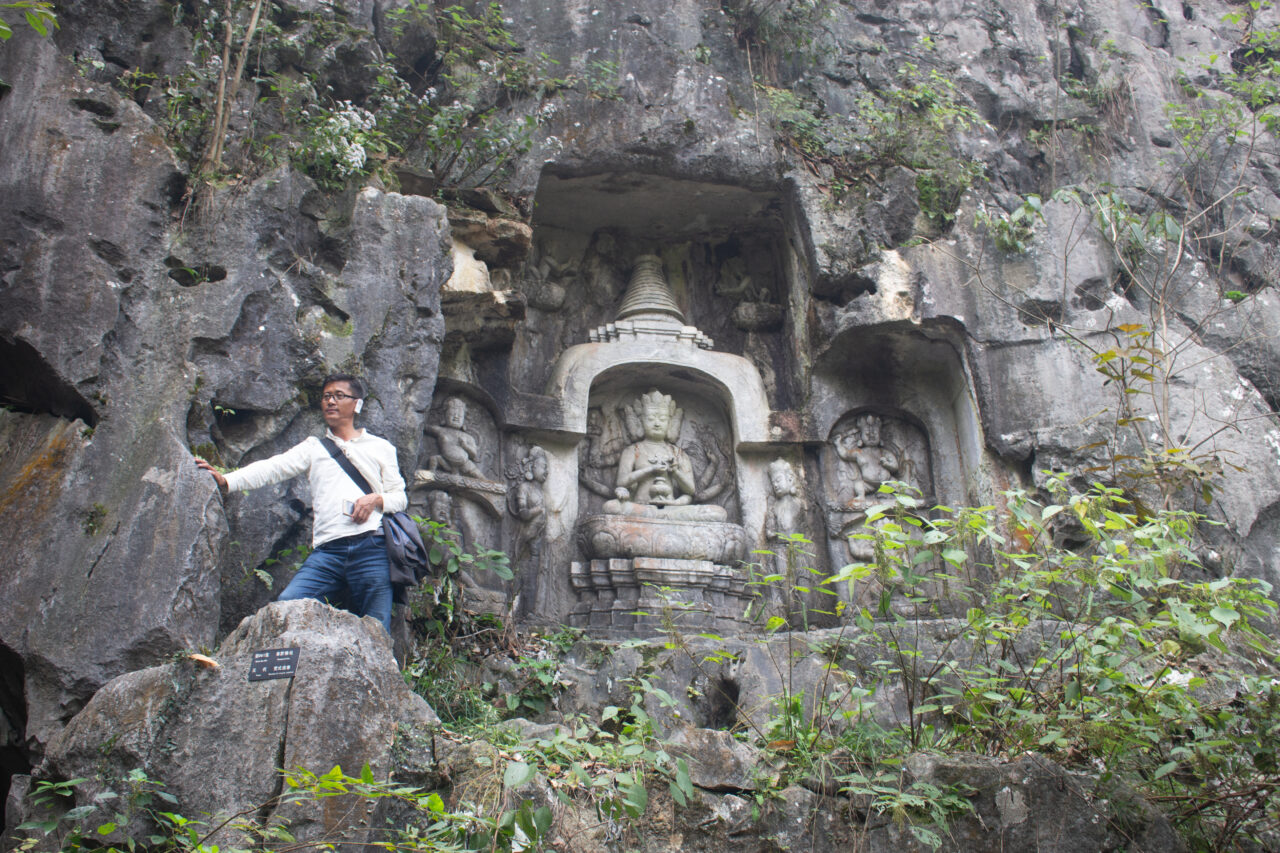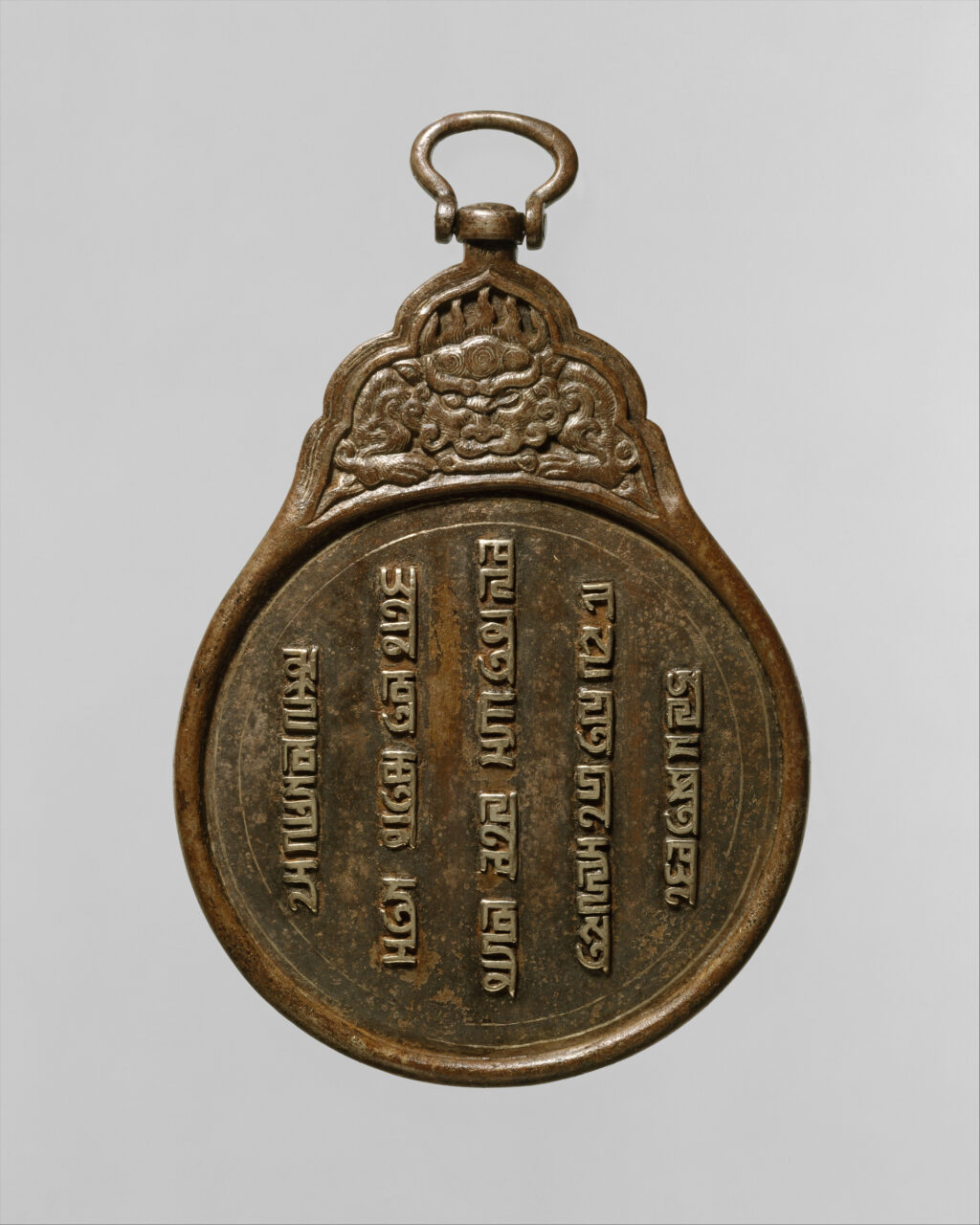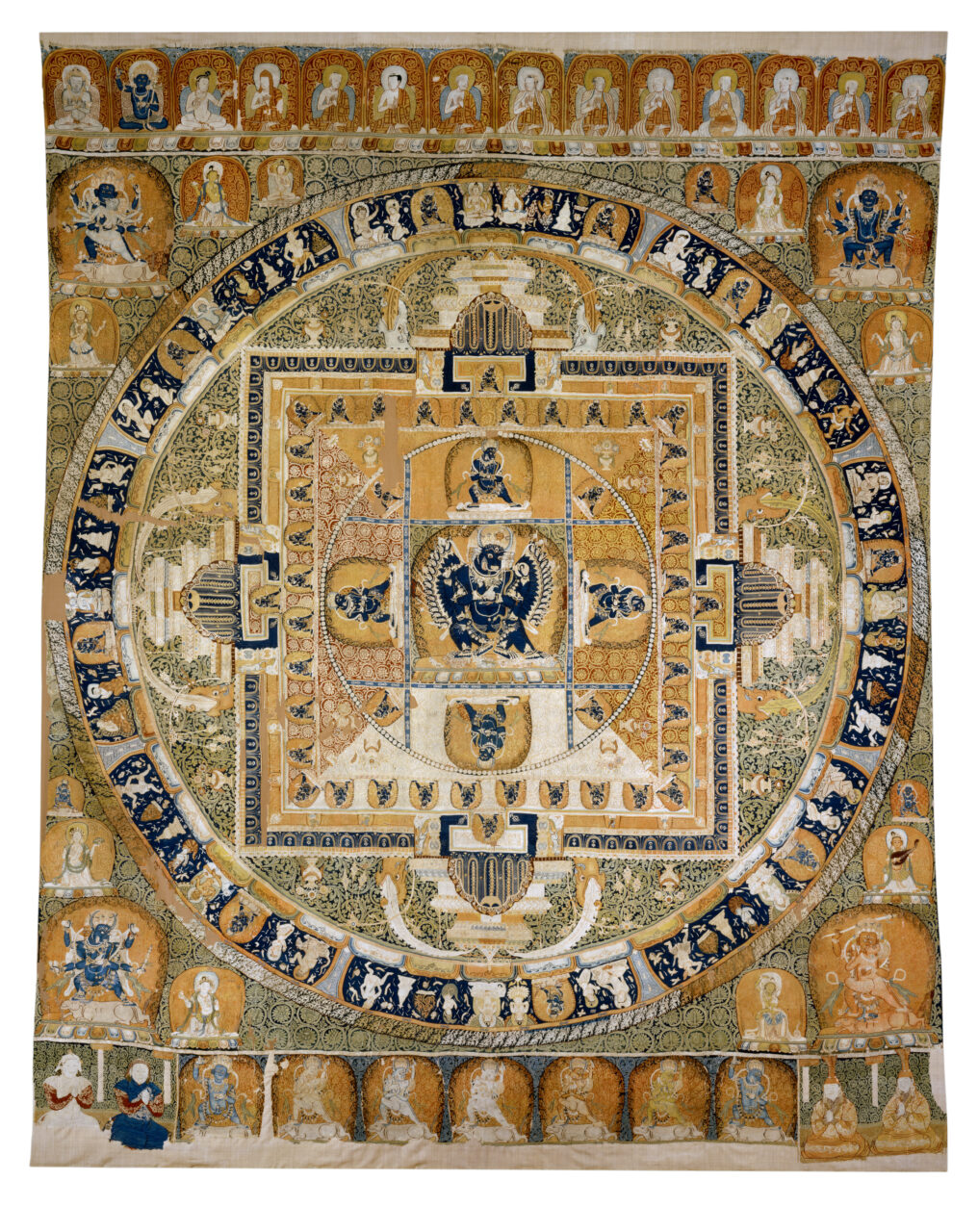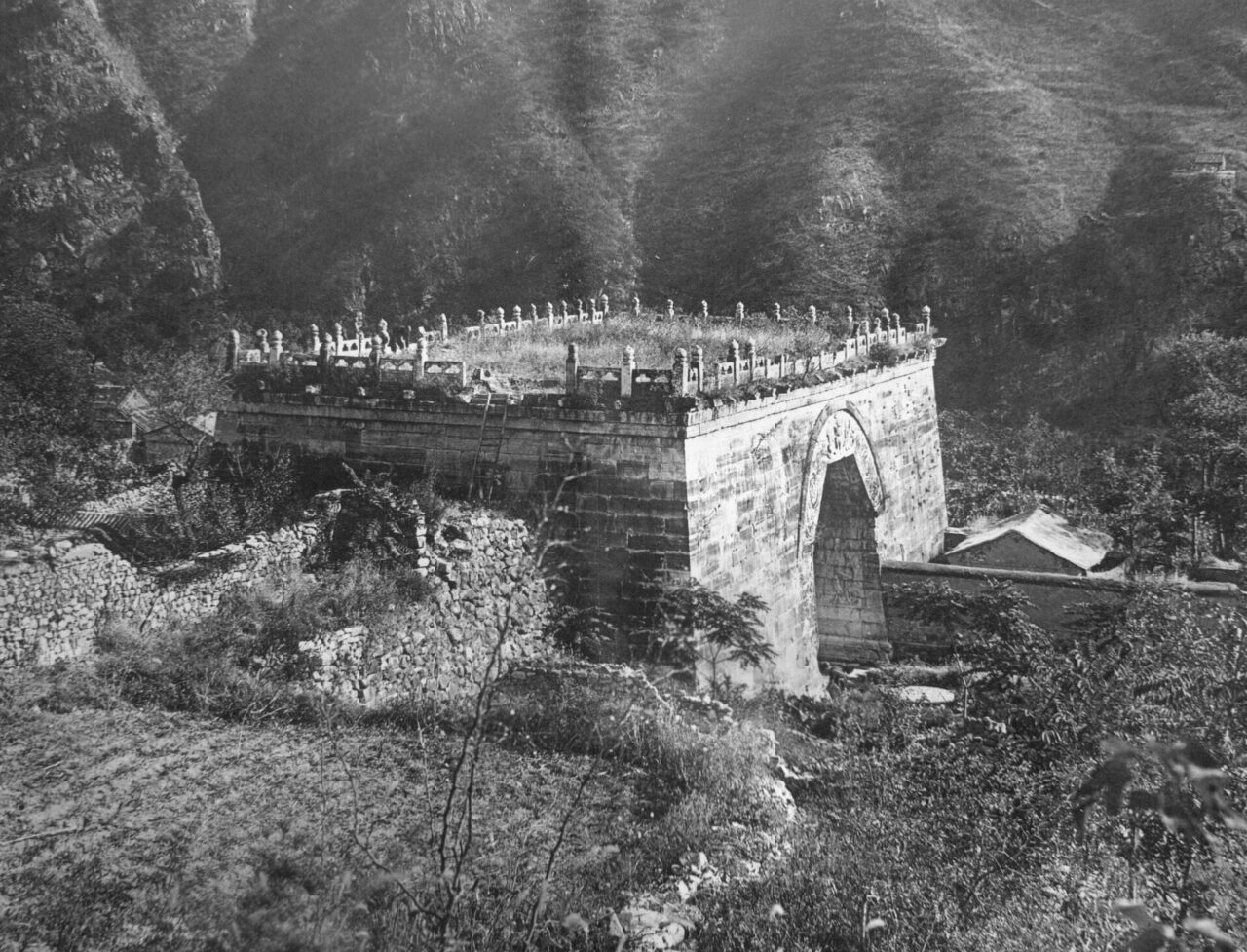Karl Debreczeny
Senior Curator, Collections and Research
Rubin Museum of Art
In the thirteenth century, the Mongols conquered most of Asia and facilitated the spread of Tibetan Buddhism and visual culture to the Chinese heartland. The Mongol Empire brought many disparate peoples and traditions together sparking cross-cultural exchange. Mongol Emperor Qubilai Khan relied on peoples from other areas of his empire–such as the Tanguts and Tibetans. Tibetan Buddhism played prominent religious, artistic, and political roles in the courts of his Yuan dynasty.
